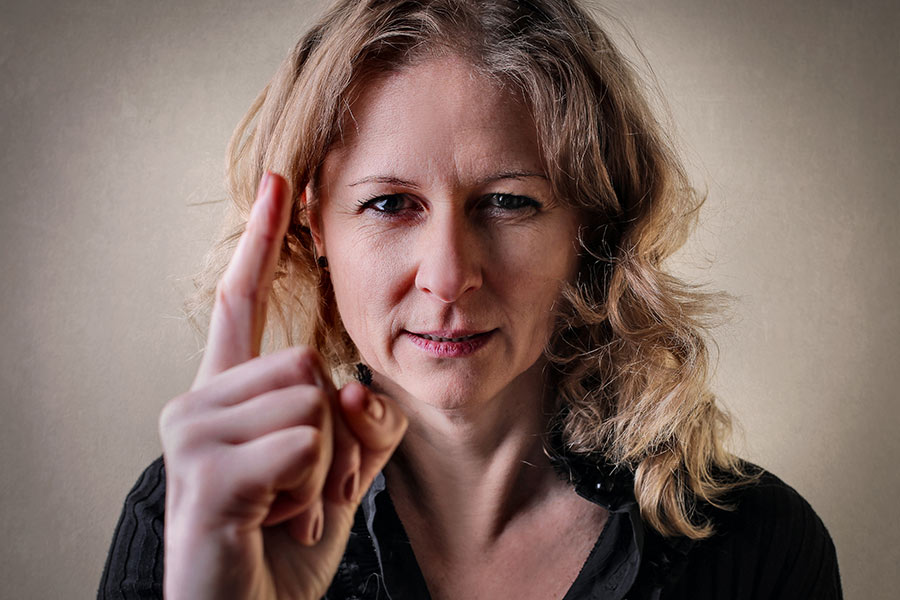
Encyclopedia search
When playing from a scenario, you also follow the spect. This may take you far off the scripted path which is a good thing because it puts spects in the driver’s seat of the story. However, sometimes you need to get back to a scripted plot point or introduce an important story element. Bridging is a way to do this while making it feel as though it was the spect who got you there.
When you respond to an offer by adding details, that’s a build. The additional information builds out the context of the story. You can build using verbal or physical offers.
Play a scene in which you either amplify or build on each offer that the other player makes.
Sometimes spects’ behaviors spoil the process of play. When inappropriate behavior becomes an issue, you may need to address it while remaining within the fiction. This is where a call-out is useful.
Play a scene in which each offer you make is dictated by someone directing either “information,” “emotion,” or “action.”
The beginning and middle of a story are described. Then, a randomly selected story ending is chosen and played out.
Two players play a scene. From time to time, an outside observer calls out, “Take the hit,” and the player who is about to respond makes a clear emotional shift to the offer that was just made.
Two players play a scene in which their characters are in disagreement. An outside observer calls out tools from the list below. Player A applies the tool, and gradually loses ground. Eventually, Player B wins the argument.
Players mingle and find a partner. Player A tells Player B how to respond—either by accepting, blocking, following, resisting, building, or amplifying. Then Player A makes an offer and Player B responds as instructed. The players trade roles and the process is repeated. After that, the players go find new partners and repeat the process.
Create 20 cards, each one listing a way to make physical contact with a spect. Play a scene, periodically pulling a random card, and justify making contact in that way.




